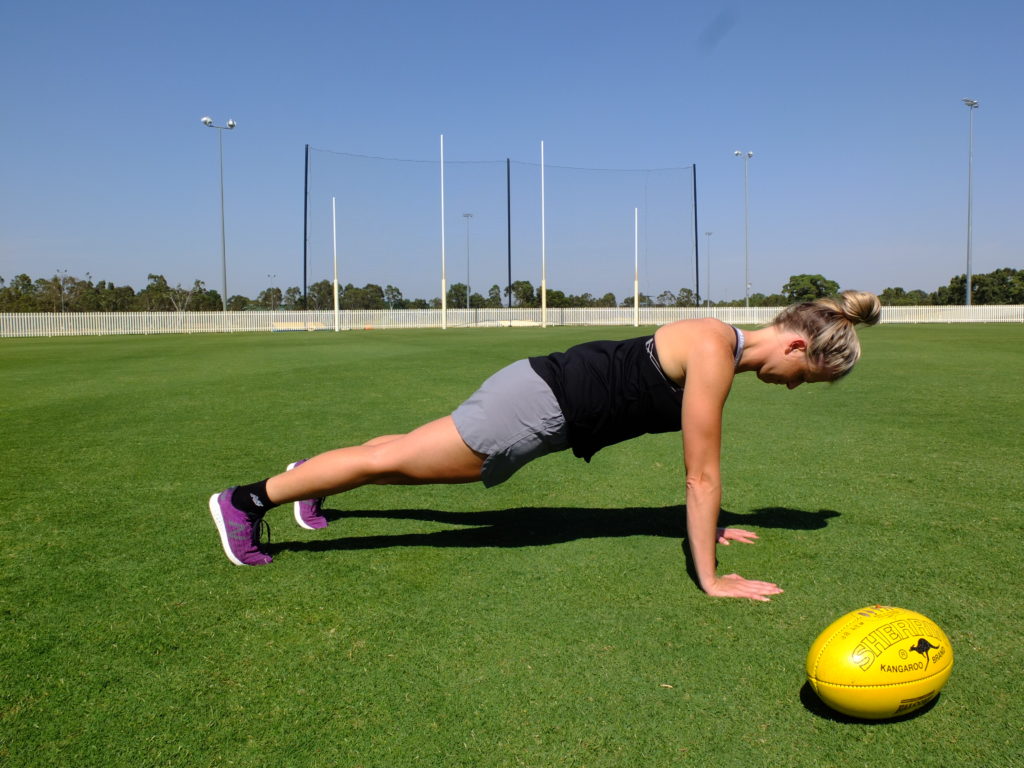Why was the program developed?
The trunk-focussed exercise-therapy program was developed to provide our control group with equal physiotherapy contact and exercise, to account for potential placebo effects.
How was the program developed?
The trunk-focussed exercise-therapy program was developed via consensus of a group of experienced clinician researchers in the musculoskeletal field. With minimal lower limb involvement, the exercises included in this intervention were not expected to impact knee-related symptoms, and function.
What did the program involve?
Patients attended 8 face-to-face physiotherapy sessions of 30 minutes duration. Physiotherapists used the treatment sessions to prescribe and progress their unsupervised trunk-focussed exercise-therapy program, to be completed a minimum 3 times per week.
While this was a “control group” physiotherapists were asked to deliver this intervention with equal enthusiasm and educate the participants on the value of trunk strength and lumbo-pelvic control for lower limb neuromuscular function, biomechanics and sport performance.
Exercise-therapy program
Physiotherapists could choose a minimum of three trunk strengthening exercises (from a maximum of five options outlined below), and each exercise had three or more phases of difficulty. Exercises were prescribed according to resistance training principles related to muscular strength; prescribed in 3 sets of 60 seconds, and difficulty progressed so that participants were reaching fatigue (i.e., could not physically perform >5 more seconds).
Lower-limb and trunk stretching and mobility, appropriate to the participant, could be prescribed
Click on each of the five options below to view the trunk exercise options and stretching suggestions.
Click here to download the full manual that was provided to the treating physiotherapists in the trial.
The physiotherapists were given suggestions for stretches and able to search for the following exercises in Physitrack to add to the participants unsupervised program.
1. Side-lying thoracic rotations
2. Thoracic foam rolling
3. Quadriceps stretch
4. Hip flexor stretch
5. Hamstring stretch
6. Gluteal myofascial release with ball
7. Rotational spine stretch
8. Calf stretching standing
9. Soleus stretching
